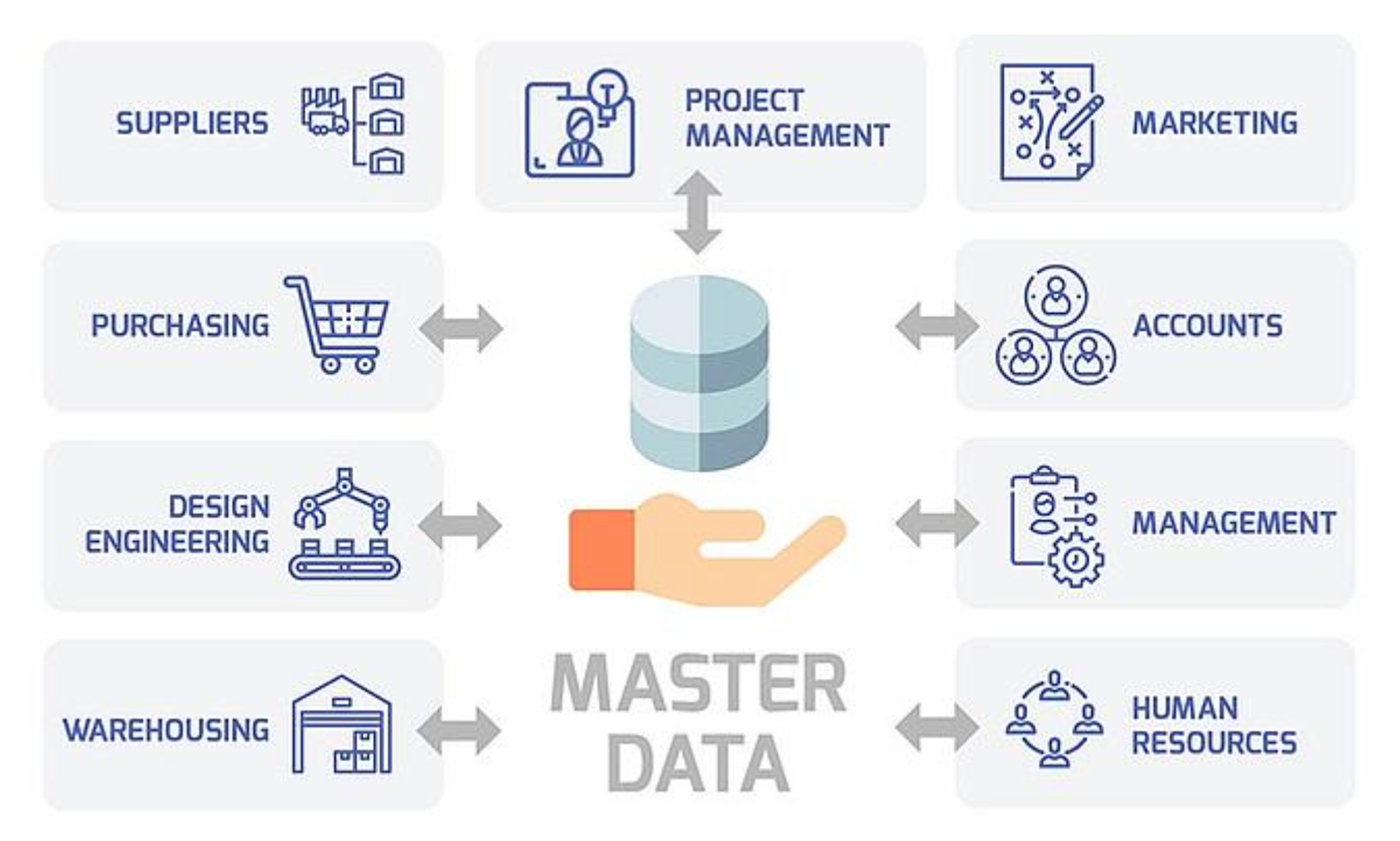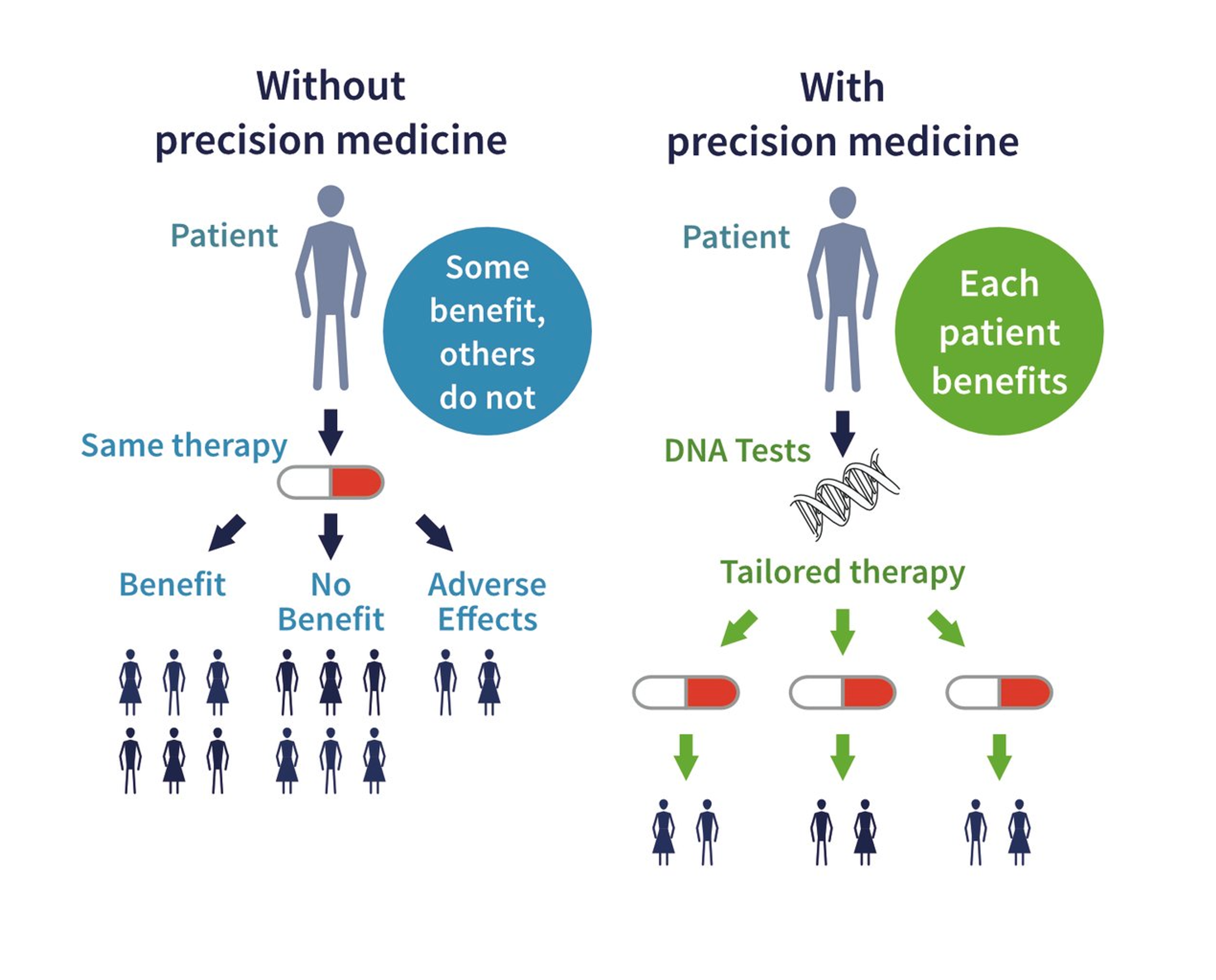blog
Comprehensive Guide to Patient MDM

SECTIONS
The healthcare industry is increasingly focusing on patient data management in 2023. By maintaining consistent and accurate patient data, organizations can ensure a steady level of care and mitigate the risk of errorsOpens in a new tab in patient care and administrative tasks. With more healthcare organizations shifting toward value-based care models that emphasize patient satisfaction, master data management (MDM) has become critical to providing personalized care and fostering strong patient-provider relationships.
In this guide, you’ll learn what patient MDM is and how healthcare organizations and life science companies can benefit from developing patient MDM capabilities.
Key Takeaways:
- In response to changing consumer preferences, healthcare organizations are shifting towards value-based care with a focus on patient satisfaction.
- Meeting patient expectations for quality care and service requires healthcare organizations to develop analytical and delivery capabilities for patient master data.
- Effective patient MDM provides healthcare organizations with several important benefits in both patient care and business performance.
What Is Patient Master Data Management (MDM)?
MDM, a subfield of data management, focuses on capturing and refining master data. Master data refers to the standardized data, attributes, and identifiers that describe the core entities and operations in an organization. For private enterprises, these typically include:

- Suppliers
- Purchasing
- Projects
- Accounts
- Human resources
- Marketing
The MDM Framework
The MDM framework is a blend of technologies and processes that ensure uniformity, accuracy, stewardship, and accountability of an enterprise’s critical data. This framework encompasses data integration, data quality, data governance, and business process management, each of which contributes to a single, reliable source of master data.
MDM Implementation Strategies
Strategies may range from phased, department-by-department approaches to enterprise-wide implementations, depending on the organization’s unique requirements and resources.
Trending Developments in MDM
Current trends in MDM include:
- Increased use of artificial intelligence and machine learning to automate data management tasks
- Real-time data processing
- Adoption of cloud-based MDM solutions
Data Security in MDM
MDM prioritizes the protection of master data from unauthorized access, breaches, and loss. It implements robust access controls, encryption, data anonymization, and regular security audits. A secure MDM system ensures the integrity and confidentiality of master data and complies with regulations like HIPAA and GDPR.
MDM in Healthcare (Patient MDM)
In healthcare, patients form a primary master data domain. Patient MDM maintains and governs the accuracy, consistency, and uniqueness of patient data across IT systems and business units. Enabling patient MDM requires the systematic collection, integration, and management of patient information from diverse sources like Electronic Health Records (EHRs), Hospital Information Systems (HISs), and other healthcare databases.
The principal goal of patient MDM is establishing a single source of truth (SSoT) for each patient, accessible to all care providers and authorized users across provider networks. This improves data quality, reduces duplication, and enhances interoperability. Ultimately, effective patient MDM supports informed decision-making, fosters better patient outcomes, and ensures compliance with regulations like HIPAA.
5 Benefits of Patient MDM in Healthcare and the Life Sciences
Organizations that incorporate patient MDM capabilities into their practices and IT systems reap several important benefits.
1. Consistent and Accurate Patient Data
Reliable patient MDM ensures the consistency and accuracy of patient data, which is crucial for delivering reliable care. Errors in patient data cause severe care mistakes, such as wrong medication administration, incorrect surgery sites, or incomplete treatment. In the U.S. alone, preventable medical errors result in 100,000Opens in a new tab deaths annually. This highlights the need for a robust data management system that guarantees the accuracy and consistency of patient data.
2. Personalized Patient Care and Precision Medicine
As healthcare providers shift toward patient-centered care, access to health data has become crucial. Leveraging this data allows providers to deliver care tailored to individual preferences and needs. This boosts provider-patient relationships, encourages patient engagement, and reduces healthcare costs. Effective patient MDM is integral to accomplishing this transition, as patient-centered care requires easy access to reliable personal health insights that are typically scattered across multiple partitioned IT systems.

Image Source: Reprocell
Reliable access to current patient master data makes it possible to implement precision medicineOpens in a new tab. This approach tailors drugs and treatments to specific groups of patients based on factors such as age, genetics, or other risk factors. These emerging advanced forms of personalized healthcare factor in patients’ genetic information, helping practitioners predict the effectiveness of specific drugs and potential side effects. Patient MDM plays a critical role in this process, ensuring that complex patient data sets are both accurate and available to the right systems.
3. Enhanced Visibility in the Healthcare Marketplace
Providers need both quantitative and qualitative data to understand how their clinical decisions impact patient outcomes and to build on past successes incrementally. As employers and healthcare payers increasingly prefer value-based care providers, healthcare organizations must demonstrate their trustworthiness and appeal through solid patient outcomes and satisfaction. Among today’s patients, 72%Opens in a new tab compare healthcare services online, read reviewsOpens in a new tab, and expect providers to respond to reviews and inquiries.
For organizations with patient MDM capabilities, this consumer preference represents an opportunity to showcase their strengths and drive business growth.
4. Improved Patient Satisfaction
As consumers, patients today expect the same kind of personalized digital experiencesOpens in a new tab from healthcare providers that most contemporary businesses provide in other industries. Accessible patient master data allows providers to offer patients more technology-based control over their healthcare experiences. Through apps and patient portals, providers can improve patient satisfaction by enabling convenient self-service tasks like:
- Locating services
- Renewing prescriptions
- Scheduling appointments
- Viewing reports and test results
- Conducting telehealth appointments
- Selecting payment options
5. Greater Operational Efficiency
Patient master data can significantly enhance operational efficiency in healthcare organizations. Enabling master data extraction in the various IT systems that contain patient data creates a streamlined flow of information, reducing time and resources spent on manual data-related tasks, such as resolving discrepancies or locating patient information across multiple systems.
The downstream benefits of patient MDM to operational efficiency include:
- Reduced data duplication and errors: Patient MDM keeps all patient information centralized, clean, and consistent. This reduction in duplicate or incorrect data eases data-related workloads for healthcare professionals while delivering accurate and up-to-date patient information.
- Faster data-backed decisions: MDM provides a complete and reliable picture of the patient’s history and current health status, helping healthcare providers make timely and informed decisions. This improved decision-making process enhances patient care and increases operational efficiency by reducing time spent on gathering and verifying information.
- Facilitated communication and collaboration: With a single, reliable source of patient data, MDM facilitates better inter-departmental communication and collaboration within a healthcare organization. For example, billing departments can easily confirm services by clinicians, and medical staff can likewise access a patient’s full medical history, ensuring seamless and efficient operations.
Comprehensive Healthcare MDM Capabilities with Coperor by Gaine
Coperor is an industry-first MDM platform designed for the unique needs and challenges of the healthcare industry. With powerful data models and easy, out-of-the-box integrations and customizations, Coperor helps healthcare organizations establish a single source of truth for data in complex IT environments.
To learn more about Coperor, view this demo.
